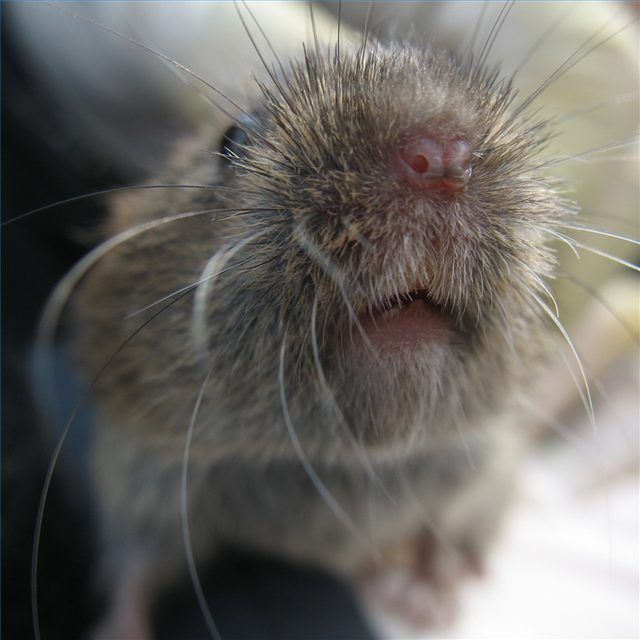Bulbs
Flower Basics
Flower Beds & Specialty Gardens
Flower Garden
Garden Furniture
Garden Gnomes
Garden Seeds
Garden Sheds
Garden Statues
Garden Tools & Supplies
Gardening Basics
Green & Organic
Groundcovers & Vines
Growing Annuals
Growing Basil
Growing Beans
Growing Berries
Growing Blueberries
Growing Cactus
Growing Corn
Growing Cotton
Growing Edibles
Growing Flowers
Growing Garlic
Growing Grapes
Growing Grass
Growing Herbs
Growing Jasmine
Growing Mint
Growing Mushrooms
Orchids
Growing Peanuts
Growing Perennials
Growing Plants
Growing Rosemary
Growing Roses
Growing Strawberries
Growing Sunflowers
Growing Thyme
Growing Tomatoes
Growing Tulips
Growing Vegetables
Herb Basics
Herb Garden
Indoor Growing
Landscaping Basics
Landscaping Patios
Landscaping Plants
Landscaping Shrubs
Landscaping Trees
Landscaping Walks & Pathways
Lawn Basics
Lawn Maintenance
Lawn Mowers
Lawn Ornaments
Lawn Planting
Lawn Tools
Outdoor Growing
Overall Landscape Planning
Pests, Weeds & Problems
Plant Basics
Rock Garden
Rose Garden
Shrubs
Soil
Specialty Gardens
Trees
Vegetable Garden
Yard Maintenance
How to Eliminate Voles
How to Eliminate Voles. According to United Wildlife Control, voles are small rodents that establish colonies of burrows and tunnels underneath the ground. They prefer living in areas with a lot of cover like tall grass, shrubbery or wood piles, and they feed on vegetation like plants, grass, roots and garden vegetables. Voles can cause extensive...

According to United Wildlife Control, voles are small rodents that establish colonies of burrows and tunnels underneath the ground. They prefer living in areas with a lot of cover like tall grass, shrubbery or wood piles, and they feed on vegetation like plants, grass, roots and garden vegetables. Voles can cause extensive damage to property by their underground digging and feeding, but it's easy to recognize the symptoms of vole infestation and remove them from your property.
Things You'll Need
Fence
Vole traps
Vole poison
Phone number for a pest control agency
Build a fence around your garden, trees or any other area the voles are affecting. GetRidofThings.com suggests buying stakes and 1/4-inch mesh, and burying the fencing a foot down in the ground. Fences will deter or contain colonies.
Look for signs of vole infestation. Lines showing disturbances under the surface of the ground are indicators of vole activity, as are runways filled with droppings and grass shavings.
Set vole traps at strategic locations near vole trails or holes. Bait the inside of the trap with peanut butter or apple bits.
Use poison inside of baits or traps to kill the voles if you wish to do more than just trap them. You can buy vole poison and baits at hardware stores or through online sources.
Know the number to a good pest control agency and call them for further advice. If you've trapped the voles but don't wish to kill them, an agency will take it from there. Additionally, many vole infestations are hard to completely eradicate. Trained professionals will be able to tie up any loose ends and ensure the removal of a colony.
Tips & Warnings
Castor oil or pepper extract sprayed on vegetation around your lawn makes a good, natural and safe repellent. Voles can't stand the smell and taste of either, and will move on to other food sources.
Owls are excellent natural rodent controllers. They eat voles and will keep the population down. Buy an owl house to encourage nesting on your property.
Remove any bird feeders and be sure to rake up excess mulch or piles of dirt on your property. Voles will eat bird food and are attracted to areas suitable for hiding or tunneling.
Some vole traps will capture more than just voles. If you don't want other small animals taking your bait or eating poison, be sure to get a trap designed specifically for voles. They are available in most hardware stores.